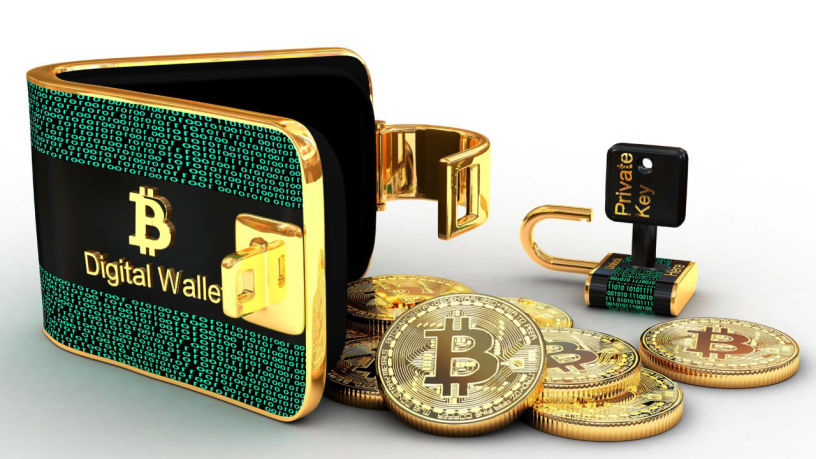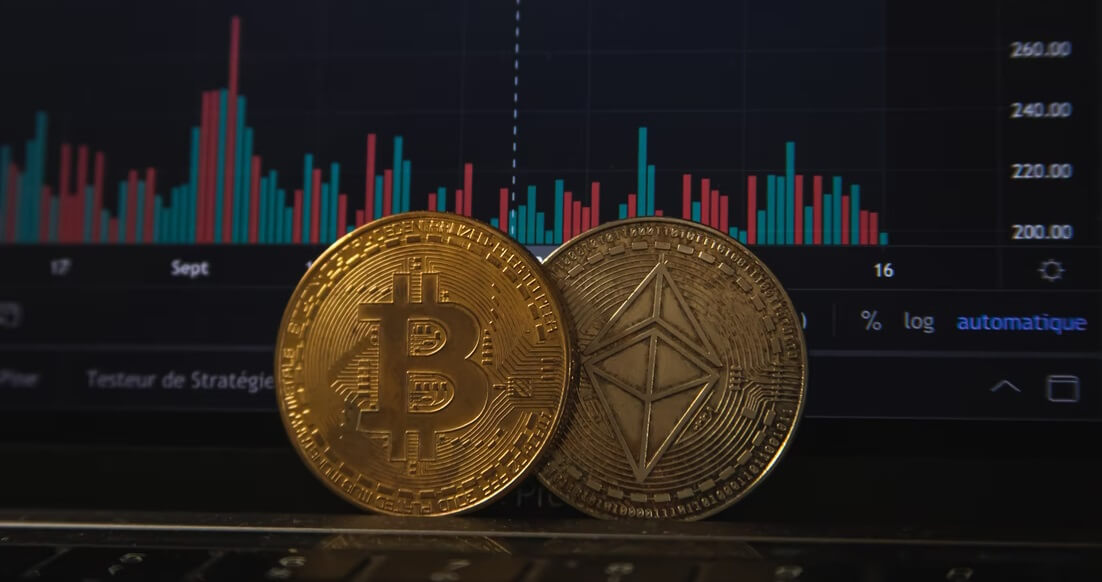Key Features of Bitcoin Include:
1. **Decentralization:**
Bitcoin operates on a decentralized network of computers, known as nodes, that collectively maintain the blockchain—a public ledger containing all transactions.
2. **Blockchain Technology:**
Transactions are recorded on a blockchain, which is a distributed and immutable ledger. This technology ensures transparency, security, and prevents double-spending.
3. **Limited Supply:**
Bitcoin has a capped supply of 21 million coins, making it a deflationary asset. This limited supply is designed to mimic the scarcity of precious metals like gold.
4. **Mining:**
New bitcoins are created through a process called mining. Miners use powerful computers to solve complex mathematical puzzles, and in return, they are rewarded with newly created bitcoins. This process also helps secure the network.
5. **Anonymity:**
While transactions are recorded on the blockchain, the identities of the parties involved are pseudonymous. Users are represented by cryptographic addresses rather than personal information.
6. **Volatility:**
The value of bitcoin can be highly volatile, with its price influenced by various factors such as market demand, regulatory developments, macroeconomic trends, and investor sentiment.
Bitcoin is often used as a store of value, a medium of exchange, and a hedge against inflation. It has gained popularity as an alternative investment and has prompted discussions about the future of money and the financial system. It's important to note that the regulatory environment, public perception, and technological developments can impact the acceptance and use of Bitcoin.







